We are on a “highway to climate hell with our foot still on the accelerator”, UN secretary general António Guterres said at Cop27 in Egypt.
There are many pathways on that journey, depending on what part of planet Earth you live on, but the ultimate destination is the same: mutual destruction. It is a macabre derivative of “we’re all in this together”.
We have witnessed a year when hell fire (in all its terrible guises) burned painfully close to the face of humanity and scarred land and sea like never before.
It was an inglorious year too because of the blatant inadequacy of the geopolitical response. None of this has been helped by the emergency presented by the Ukraine war, which is driving food and energy crises globally.
READ MORE
Yet – that woe aside – climate actions are being scaled up, including mobilisation of finance to help the worst affected, even if there is insufficient momentum in transitioning to a decarbonised world.
Climate destruction is everywhere – longer and more oppressive heatwaves, wildfires, extreme flooding, drought and hunger, disturbed weather patterns and abnormal seasons – and all made worse by an overheating planet. This is increasingly hitting the developed world but poorer countries, the ones least responsible for rising carbon emissions, suffer most.
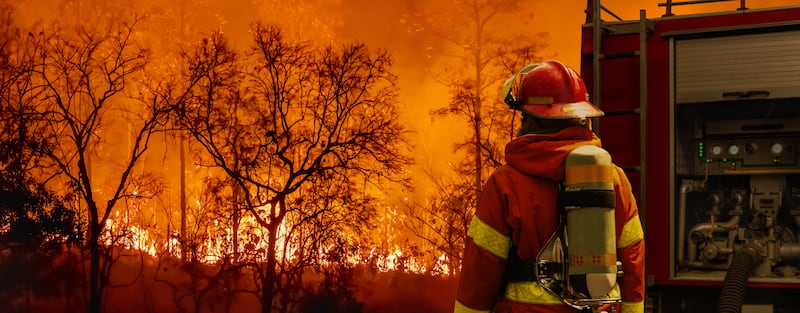
There is an uneven ratcheting up of renewable energy but the burning of fossil fuels, the main cause of the mayhem, remains unaddressed. Just look at Europe’s duplicitous “dash for gas”, with Africa the obvious honeypot. The sector with its greenwashing on “need” – in reality buying time – reasserted itself, while generating vast profits under the guise of enhancing energy security. This contrasts with meagre margins and uncertainty for renewables companies (notably wind turbine manufacturers), which is stalling investment.
It all combines to ensure decades of misery to come for global citizens and locked-in fossil fuel-intensive energy systems that will perpetuate, delay or prevent the transition to low-carbon alternatives and imperil climate action.
Losing control
Pick any part of the world and the strain from interlinked climate and biodiversity emergencies is apparent. The hurricane season in the Atlantic Ocean was the most destructive. In polar regions warming is at a dramatically higher rate than in other parts of the world. This is contributing to sea-level rises for centuries ahead. It cannot be stopped by humans on the planet today; it will not stop even if the fossil fuel tap is turned off promptly.
In its latest review the World Meteorological Organisation (WMO) confirmed “the rate of sea level rise has doubled since 1993″. The tipping point for some glaciers in the Alps has passed; it is too late to save them and to prevent them adding to rising sea levels. Loss of freshwater from glaciers means less to drink, to water crops or to use in generating electricity.
WMO secretary general Petteri Taalas said: “The greater the warming, the worse the impacts. We have such high levels of carbon dioxide in the atmosphere now that the lower 1.5 degree [target] of the Paris Agreement is barely within reach.”
An exceptionally hot tropical air mass arrived in July, bringing a new all-time record daily temperature for the month: 33 degrees at Dublin’s Phoenix Park
“The messages could barely be bleaker – all over our planet, records are being shattered as different parts of the climate system begin to break down,” noted Mike Meredith of the British Antarctic Survey.
What happened almost on our doorstep was unnerving; some 20,000 people died across western Europe during summer heatwaves. Analysis of excess deaths, the difference between the number of deaths and those expected based on historical trends, reveals the threats from global heating. In England and Wales, 3,271 excess deaths were recorded – 6.2 per cent higher than the five-year average. There are no Irish figures available.

Summer temperatures exceeded 40 degrees in London, areas in southwest France reached 42 degrees and parts of Spain hit 44 degrees. World Weather Attribution found such high temperatures were “virtually impossible” without climate breakdown.
Ireland escaped the worst effects of rolling heatwaves but did not have to look far to find signs of an ever-warming world. Ten weather stations broke their all-time maximum daily temperature records. It was the fifth consecutive season where every weather station in the country recorded above average mean temperatures.
An exceptionally hot tropical air mass arrived in July, bringing a new all-time record daily temperature for the month: 33 degrees at Dublin’s Phoenix Park. There was an unusually warm autumn with the mildest November night on record – with every indication 2022 overall will be another year of record temperatures.
We may also have to adapt to cope with climate tipping points that we fail to avoid, and support those who could suffer uninsurable losses and damages
— Prof Tim Lenton of the Global Systems Institute
Climatologist Dr Friederike Otto of Imperial College London highlighted the disconnect: “Heatwaves are one of the biggest threats posed by climate change. High temperatures are responsible for thousands of deaths across the world every year, many of which go underreported. Despite this overwhelming evidence, there is still little public awareness of the dangers that extreme temperatures present to human health.”
Amid that maelstrom there were ominous indicators of what an increasingly uncertain existence might look like.
Firstly, there was confirmation the world is at increased risk of triggering multiple climate “tipping points”, causing cascading effects and uncontrollable impacts. There is an increased likelihood these could be crossed if average global temperature rises beyond 1.5 degrees, if they have not done so already.
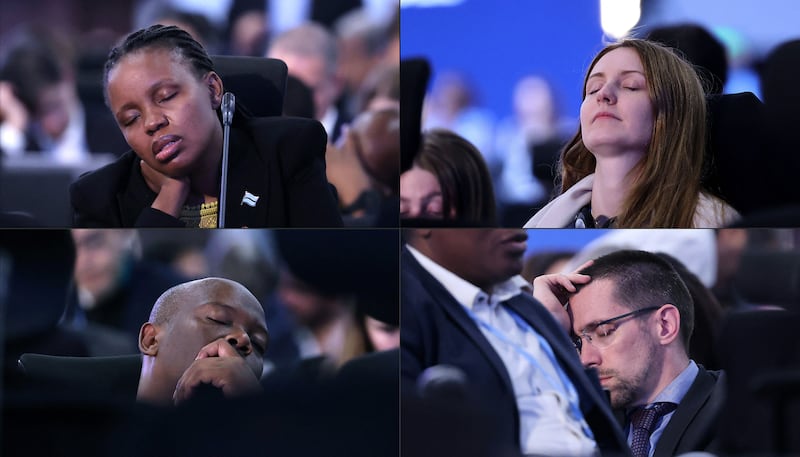
The most immediate tipping points include: collapse of Greenland and West Antarctic ice sheets; abrupt permafrost thaw in Alaska, Canada and Siberia releasing huge volumes of methane; weakening of convection in the Labrador Sea; and die-off of tropical coral reefs around the equator.
Prof Tim Lenton of the Global Systems Institute said its research “provides compelling evidence that the world must radically accelerate decarbonising the economy to limit the risk of crossing climate tipping points. To achieve that we now need to trigger positive social tipping points that accelerate the transformation to a clean energy future”.
“We may also have to adapt to cope with climate tipping points that we fail to avoid, and support those who could suffer uninsurable losses and damages,” he said. Cop27 provided a breakthrough under this heading with agreement on a fund to help climate-vulnerable countries.
A lot of other interests might say ‘can we give up? It’s not possible, we’ve gone beyond’ – but I think it’s still possible and the political commitment behind that is going to be very important
— Minister for Climate Eamon Ryan
Secondly, the UN Environment Programme “emissions gap” report found the world has “no credible path to limit global warming to 1.5 degrees”. We are on track for 2.4-2.6 degrees by 2100, ie an unlivable planet, so “rapid transformation of societies is the only option”.
Thirdly, what befell Pakistan: torrential monsoon rains triggered severe flooding, washing away villages and leaving almost 10 million children in need of life-saving support, and at risk of waterborne diseases, drowning and malnutrition. Hundreds of thousands of homes were damaged or destroyed. It left a third of the country under water. Its prime minister Shehbaz Sharif rang the loudest alarm bell: “What happened in Pakistan will not stay in Pakistan.”
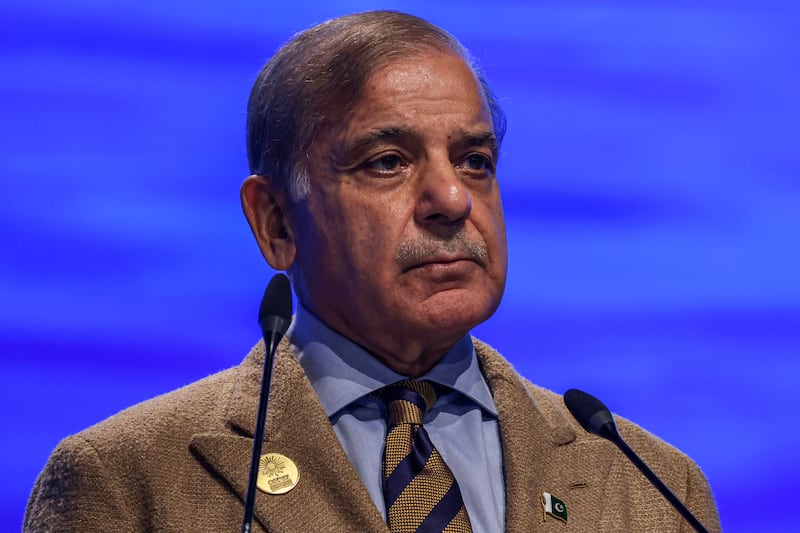
Cop27 report card
It was, arguably, the big factor in pushing wealthy countries to agree to a loss and damage fund, the most significant outcome in Sharm El-Sheik. Financial assistance will go towards rescuing and rebuilding physical and societal infrastructure in countries devastated by extreme weather. Money are predicted to flow sooner than usual, though who pays and who benefits has to be determined.
The EU, the US and China gave it the green light; old fears about historical liabilities were pushed aside. Pakistan’s chief negotiator Nabeel Munir’s message resonated with many: “Loss and damage is not charity, it’s about climate justice.”
[ The big takeaway from Cop27? These climate conferences just aren’t workingOpens in new window ]
The downside was failure to step up ambition on 1.5 degrees, namely emissions reductions. Efforts by India and the EU to “phase out all fossil fuels” got short shrift.
Minister for Climate Eamon Ryan, part of the EU negotiating team, tried to explain loss and damage and mitigation were two sides of the same coin. Failure to cut emissions means more woe for countries who cannot afford to protect themselves and bigger bills for big carbon polluting countries.
Ryan led calls for businesses in highly polluting sectors – including aviation, shipping and fossil fuels – to contribute more. They will be dragged kicking and screaming to the payout desk, but morally this has to happen as climate economist Nicholas Stern estimates the developing world will need $2.4 trillion a year from 2030.
At least moves to reform the IMF, the World Bank and multilateral development banks in freeing up green finance got significant backing.
What of 1.5?
Ryan said: “1.5 degrees has to be alive.”
“The risk if we go above that is a high probability we tip over one of the tipping points. A lot of other interests might say ‘can we give up? It’s not possible, we’ve gone beyond’ – but I think it’s still possible and the political commitment behind that is going to be very important.”
People must not give up on the 1.5 degree target because “that would be taking a foot off the lever of ambition and we need all the ambition we can get”.
But there is a yawning gap between climate science and climate policies, which means hopes of keeping to the 1.5 global goal seem remote. A temporary breach is likely in coming years, but every effort to force it down is merited as “every tenth of a degree matters”. This is because even slight increases exacerbate negative impacts on ecosystems and people, especially the most vulnerable. Further warming also raises the chance of crossing irretrievable planetary boundaries. Overshooting 1.5 comes with profound environmental and political risks.
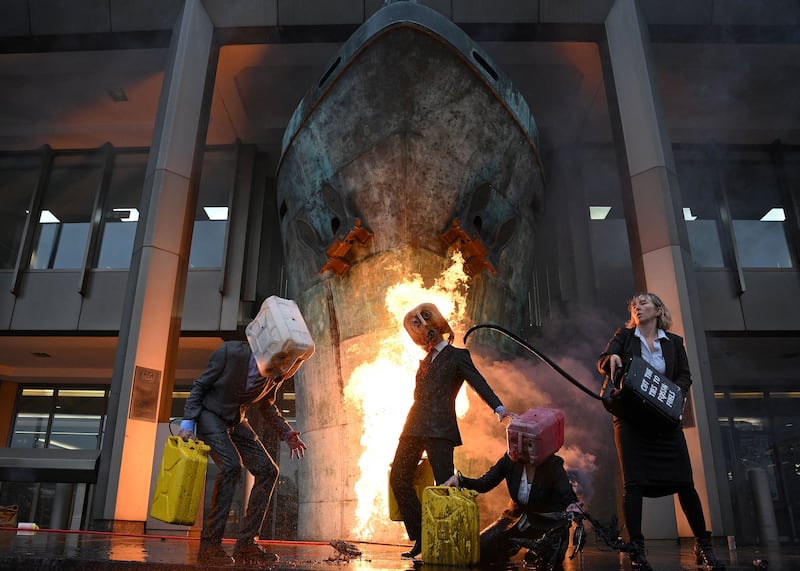
Climate activist Lorna Gold, who works for the ethical investment charity FaithInvest, believes 2022 was “a year of so many contradictions ... the single most year where we can sense a tipping point is coming in the economy and in society”.
“On the one hand climate change is really mainstream now in public discourse and thinking, which is really positive,” she adds. Increased awareness and more media coverage has meant greater understanding.
That is translating into national legislation, including sectoral emission ceilings and big international initiatives such as the fossil fuel non-proliferation treaty, which is gaining traction “and is absolutely key”, Gold says.
A loss and damage fund, unthinkable a few years ago, reflects a shift in power and consciousness with more clarity on what needs to be done, she believes.
As leaders, we must lead. Our citizens will become increasingly cynical, weary and hopeless if words are not urgently matched by deeds
— Tánaiste Michael Martin
On the negative side, it was the year of “counter offensive” by the fossil fuel sector, she says – an attempt to salvage something on the back of the Ukraine war, knowing the end of the road is coming. Governments are signing up to positive agreements yet continuing to subsidise “what is now regarded as the old model of energy”. It was “utterly shocking” to have 636 fossil fuel lobbyists at Cop27, Gold says, which contributed to a weak outcome and almost prompted its collapse.
[ Cop15: UN chief calls for end to ‘war on nature’Opens in new window ]
Next year there will be even more extreme weather events, increased public anxiety and when the economic reality of the crisis will be driven home, she predicts. It will also mark the strong re-emergence of the climate movement post-Covid. “It is gaining more traction because there is such a broad understanding now of the urgency of climate change ... It affects us all, and we’re in a fight for our lives.”
This year has been a battle between hope and anxiety, says Oisín Coghlan, chief executive of Friends of the Earth – lots of actions but too many buts.
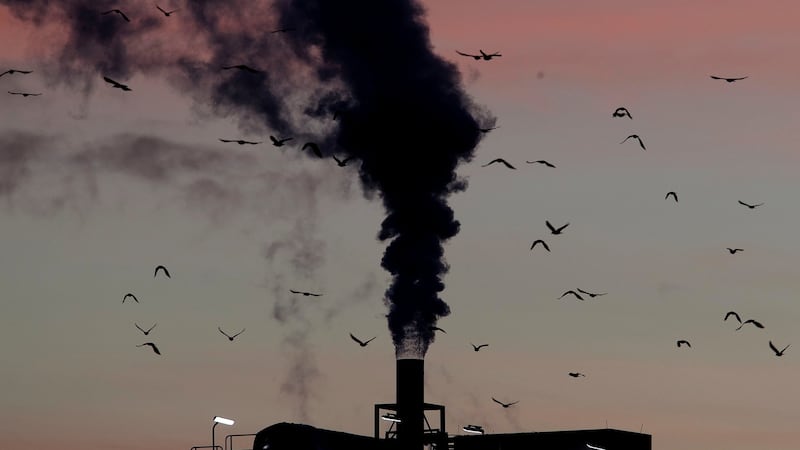
The Oireachtas agreed binding limits on climate pollution to 2025 and 2030 and the Government adopted sectoral ceilings “but Irish emissions are still rising, not falling”. Planning restrictions were dropped for household and community solar “but it took three years to make this simple administrative change”.
The Government announced they would make every school a solar school and make schoolbuses free “but there’s no timeline for one and not enough drivers for the other. There is unprecedented funding for active travel but many local authorities are failing to spend it,” Coghlan says.
[ Will the world wake up from sleepwalking to extinction?Opens in new window ]
Internationally, war in Ukraine is accelerating renewables and demand reduction but there’s also a scramble to secure new sources of dirty, expensive fossil fuels, he says. “Cop27 agreed to establish a loss and damage fund but there’s no new money yet, and meanwhile we saw the loss and damage that climate breakdown is already causing in Pakistan and the Horn of Africa.”
The antidote to anxiety is action, he asserts, citing then taoiseach Micheál Martin at Cop27: “As leaders, we must lead. Our citizens will become increasingly cynical, weary and hopeless if words are not urgently matched by deeds.”
The coming year will be telling, Coghlan says, as it will indicate “if Irish political leaders have the determination to match those words with deeds and create a virtuous circle of action and hope”.






















